Spring 2022 Red Butte Garden Field Trip Investigations
Red Butte Garden has a new field trip format as we transition our curriculum to Utah Science Engineering and Education Standards:
- Field trips are fully chaperone-led 2021- 2022 and self-guided.
- Bring your students to the Garden with your own activities or choose one of our investigations!
- If you choose an investigation, prior to your field trip you will be sent a link for your students to explore the Garden investigation virtually. The link also provides access to field journals for printing to bring on your field trip day.
K-2nd Field Trip Investigation Choices:
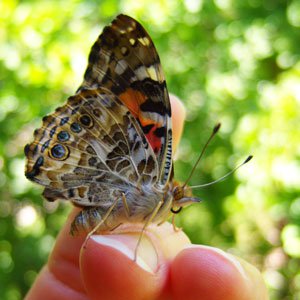
Sensory Observations
Enhances SEEd standards: K.2.1, 1.2.2
Student Investigation Goal: Use my senses to observe living things.
Before the field trip, students virtually travel the Garden to discover how using their senses can help them make observations and learn about the natural world.
While at Red Butte Garden, students can explore living things using their sense of sight, touch, smell and hearing to practice making observations. Students can use their senses to discover the natural world and find patterns among living things and what they need to survive.
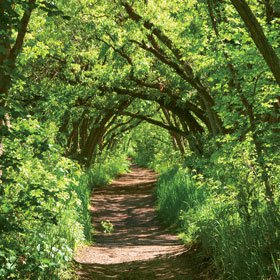
Habitats
Enhances SEEd standards: K.2.2, 1.2.2, 2.2.1, 2.2.2
Student Investigation Goal: How do living things survive in different habitats?
Before the field trip, students virtually travel the Garden and explore what a habitat is and which ones can be found at Red Butte Garden.
While at the Garden, students can explore different habitats in person and witness how living things in the Garden have features that help them to survive in each habitat.
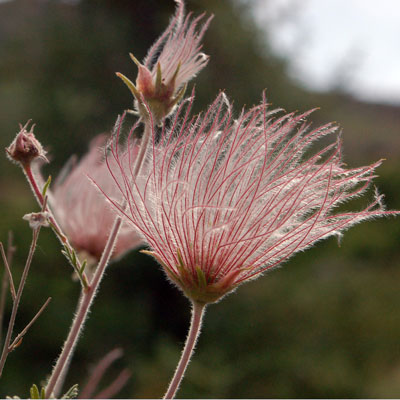
Flowers & Seeds
Enhances SEEd standards: K.2.2, 1.2.2, 2.2.3
Student Investigation Goal: How do plants survive and reproduce?
Before the field trip, students virtually travel the Garden and learn about flowers, pollinators, and fruits.
While at the Garden, students can observe ways that plants can reproduce and survive. Depending on the season of your field trip, your students may be observing a variety of different fruits, flowers, and pollinators!
3rd-6th Grade Field Trip Investigation Choices:
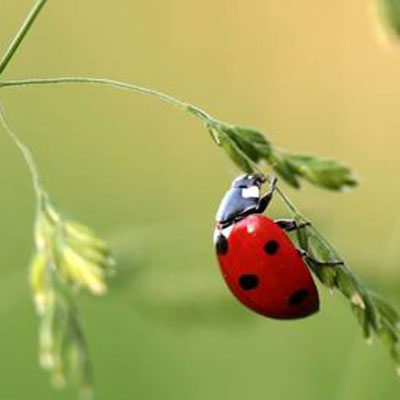
Phenology
Enhances SEEd standards: 3.2.1, 4.1.1, 5.3.1, 6.4.4
Student Investigation Goal: What life cycle changes are happening at Red Butte Garden right now?
At Red Butte Garden we track and study nature’s calendar, and during this tour students will too! Phenology is looking closely at life cycle stages to see how plants and animals react to changes in seasons and climates.
Before the field trip, students virtually travel the Garden to observe seasonal changes and practice monitoring specific plant life cycle stages, similar to the Community Science monitoring at Red Butte Garden.
While at Red Butte Garden, students can observe changes that are happening right now!
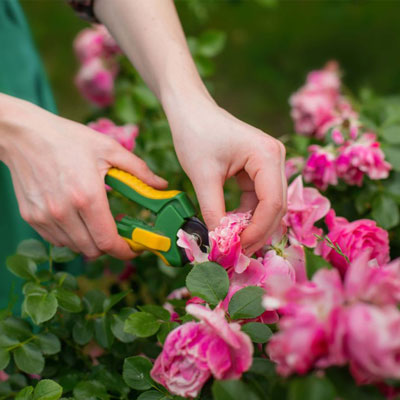
Ethnobotany
Enhances SEEd standards: 4.1.1, 4.1.2, 5.3.2, 6.4.2, 6.4.4
Student Investigation Goal: How do plants and humans help each other?
Ethnobotany is often only thought about in a historical context, forgetting how much we still interact with and depend on plants in more modern day-to-day lives.
Before the field trip, students virtually travel through the Garden to discover how humans use and interact with plants!
While at Red Butte Garden, students can explore as Ethnobotanists making observations on plants and how plant parts may attract or repel them.
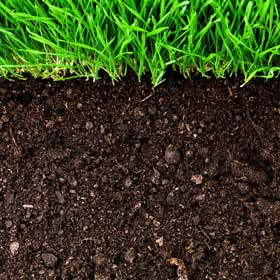
Matter Movement
Enhances SEEd standards: 3.2.4, 3.2.5, 4.1.1, 4.1.2, 5.3.2, 5.3.3, 6.4.1, 6.4.3
Student Investigation Goal: How are different organisms connected at Red Butte Garden?
Before the field trip, students virtually travel the Garden in different habitats and take an “organism’s-eye-view” of matter moving through a portion of a food web.
While at Red Butte Garden, students can explore different environments to experience and witness matter movement and how organisms are connected.
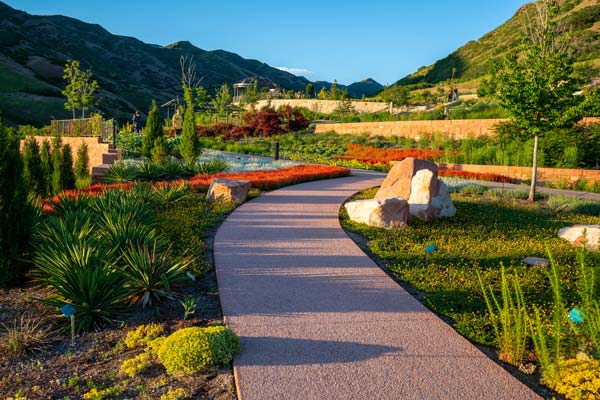
Water Conservation
Enhances SEEd standards: 3.2.5, 3.2.6, 4.1.1, 5.3.4, 6.3.1, 6.4.1
Student Investigation Goal: How do living things survive in dry, desert climates?
Before the field trip, students virtually explore our Water Conservation Garden and discover how plants and planting methods can help save water.
While at Red Butte Garden, students can observe the Water Conservation Garden and structures that help plants survive in a dry, desert-like environment. Students can begin considering plants that might be beneficial in their own water conservation garden someday.